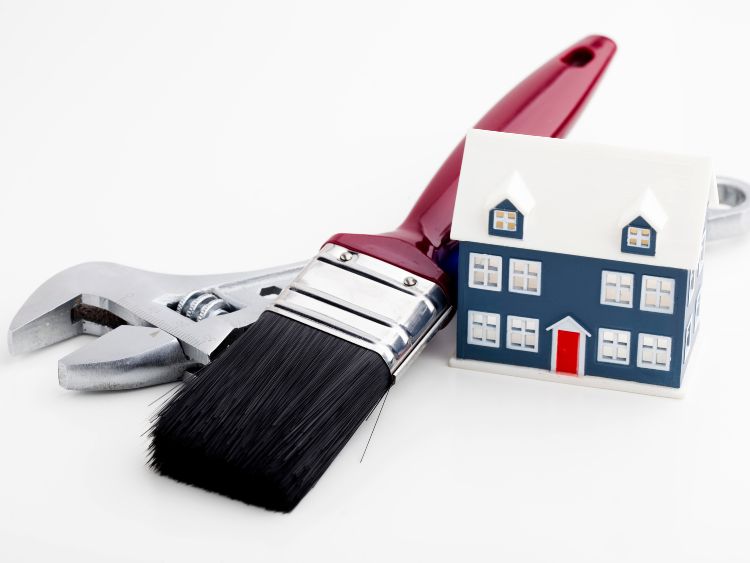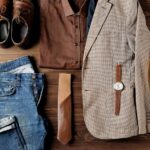When it comes to fashion, few decades are as memorable as the 1970s. It was a time when style was as bold as the personalities wearing it, and freedom of expression took center stage. From disco balls to bohemian vibes, 1970s fashion was all about pushing boundaries. But what exactly made this era so iconic? Let’s take a walk down memory lane and explore the fashion trends that defined the ‘70s, many of which have made their way back into modern closets today.
The Influence of 1970s Fashion
Fashion in the 1970s was as diverse as the cultural and social movements that shaped the decade. This era marked a shift from the structured, polished looks of the previous decades into something far more relaxed, colorful, and experimental. Whether it was through bold prints, flowy fabrics, or unisex styles, 1970s fashion stood out as a reflection of changing attitudes.
But 1970s fashion wasn’t just about clothes—it was a statement. Every piece of clothing, from bell-bottom jeans to platform shoes, echoed the rebellion, creativity, and individuality of the era. The emphasis was on freedom: freedom to mix and match, freedom to express yourself, and most importantly, freedom to be bold.
Key Fashion Trends of the 1970s
Now, let’s break down some of the standout trends that truly encapsulate 1970s fashion.
1. Bell-Bottoms: The Flare That Stole the Show
If you had to pick one item that screams 1970s fashion, it’s undoubtedly bell-bottoms. These wide-legged pants flared out from the knee down, creating a dramatic silhouette that both men and women embraced. Whether paired with a tight turtleneck or a flowing peasant blouse, bell-bottoms became the go-to for anyone wanting to make a style statement.
- Key Features: High waist, fitted through the thigh, flared at the knee.
- Materials: Typically made from denim but also seen in corduroy and polyester.
- How to Style: Pair with platform shoes for an authentic 1970s look or dress them down with sneakers for a more casual vibe.
2. Platform Shoes: Height with Attitude
Platform shoes weren’t just a trend; they were a lifestyle in the 1970s. Available in endless styles, from sandals to boots, platform shoes added literal and figurative height to any outfit. Men and women alike wore platforms to elevate their style (and sometimes their height) while making a daring fashion statement.
- Popular Styles: Chunky boots, open-toe sandals, and even platform sneakers.
- Materials: Often crafted from leather, suede, or shiny patent leather.
- Why They Worked: Platforms offered a perfect balance of style and practicality—after all, they gave height without the discomfort of stilettos!
3. Disco Glam: Glitter and Shine
It wouldn’t be the 1970s without mentioning disco fashion. The nightclub scene, especially the rise of Studio 54 in New York, made disco glamour a must-have look. Think metallic fabrics, sequined dresses, and jumpsuits that sparkled under the dance floor lights.
- Popular Pieces: Halter-neck jumpsuits, sequin mini-dresses, and metallic bodysuits.
- Key Colors: Gold, silver, and bold jewel tones dominated the disco scene.
- How to Wear: For a complete disco-inspired look, pair your shiny outfit with a bold accessory like oversized hoop earrings or a chunky belt.
4. Bohemian Chic: Free-Spirited Fashion
On the opposite end of the spectrum from the glitz of disco was the bohemian trend. Drawing inspiration from the hippie movement of the late 1960s, 1970s fashion embraced earthy tones, flowy fabrics, and ethnic-inspired patterns. The bohemian style was all about effortless beauty and a laid-back attitude.
- Must-Have Pieces: Peasant blouses, maxi dresses, and fringed vests.
- Popular Patterns: Paisley, floral, and tribal-inspired designs.
- Accessories: Layered jewelry, wide-brimmed hats, and, of course, fringe everything.
The Rise of Unisex Fashion
One of the most revolutionary aspects of 1970s fashion was the breaking down of traditional gender norms in clothing. Unisex fashion became a significant trend, with pieces like bell-bottoms, turtlenecks, and platform shoes worn by both men and women. Designers like Yves Saint Laurent introduced suits for women, making pants a fashionable (and sometimes political) choice for females.
- Popular Unisex Items: Turtlenecks, bell-bottoms, denim jackets, and jumpsuits.
- Cultural Impact: This shift towards unisex clothing reflected the broader social movements of the time, particularly the push for gender equality and self-expression.
Iconic 1970s Fashion Icons
No discussion of 1970s fashion would be complete without mentioning the celebrities who influenced the trends of the time. These style icons not only wore the era’s biggest trends but also helped to shape them.
- Farrah Fawcett: Known for her feathered hair and all-American style, Farrah often sported flared jeans and casual tees, making her an icon of 1970s fashion.
- David Bowie: Bowie’s alter ego, Ziggy Stardust, pushed the boundaries of androgynous fashion. His daring outfits and flamboyant style became synonymous with 1970s glam rock.
- Bianca Jagger: As one of Studio 54’s most famous attendees, Bianca was known for her sophisticated disco looks, often mixing elegant tailoring with bold accessories.
FAQs About 1970s Fashion
Q: What were the most popular fabrics used in 1970s fashion?
A: The 1970s saw a love for both natural and synthetic fabrics. Cotton, suede, and leather were popular in bohemian looks, while disco outfits favored polyester, satin, and sequins.
Q: Were bell-bottoms worn by both men and women in the 1970s?
A: Absolutely! Bell-bottoms were a unisex fashion trend, and both men and women embraced this iconic silhouette.
Q: What accessories defined 1970s fashion?
A: Some of the most popular accessories included oversized sunglasses, wide belts, floppy hats, and chunky jewelry. For footwear, platform shoes were the ultimate choice.
Q: How did the feminist movement influence 1970s fashion?
A: The feminist movement played a significant role in 1970s fashion, particularly in the adoption of pantsuits by women. This was a powerful statement of gender equality and freedom from traditional dress norms.
The Lasting Legacy of 1970s Fashion
Though it may have been a wild decade, the fashion of the 1970s has left an indelible mark on today’s trends. Whether it’s bohemian festival outfits, the return of flared jeans, or the recent resurgence of platform shoes, we’re still drawing inspiration from this iconic era. The 1970s taught us that fashion isn’t just about what you wear—it’s about how you express yourself.



